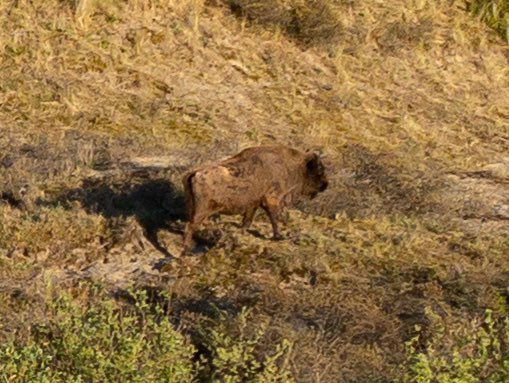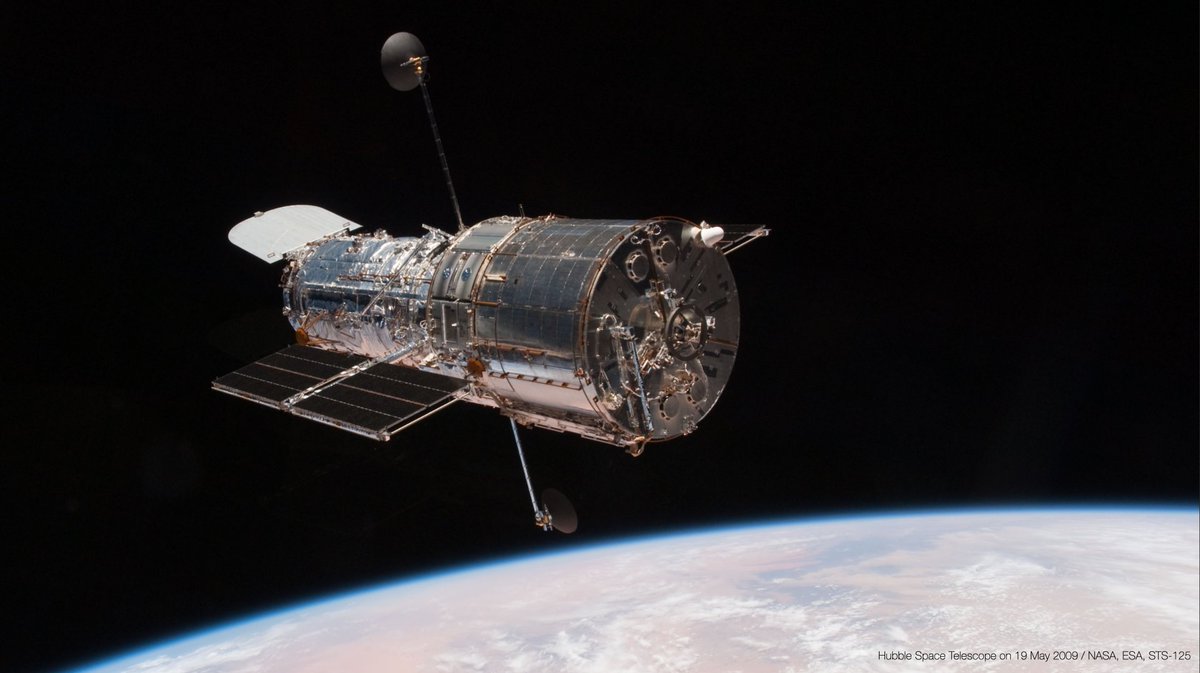
Finally caught a glimpse of some of the European bison that roam around the Zuid-Kennemerland national park just north of Zandvoort 🦬🙂
This pair were splashing around in a small pond, then wandered off into the dunes.
As seen during this evening’s 90km ride.
#cyclinglife 🚴♂️


This pair were splashing around in a small pond, then wandered off into the dunes.
As seen during this evening’s 90km ride.
#cyclinglife 🚴♂️



The Kraansvlak herd of bison or “wisent” have free run of quite a large area of the dunes & are monitored as part of a rewilding research project. Despite the old idea that they’re predominantly forest animals, they do very well in this setting.
wisenten.nl/en
wisenten.nl/en
Some of the bison are fitted with GPS collars & you can check this map to see where they are. I did that when I reached Zandvoort, saw that some were close to one of the bike paths that go through the park, so I went looking.
wisenten.nl/en/where-are-t…
wisenten.nl/en/where-are-t…
One of them was standing high on a dune close to the fence & I was thrilled, but before I could get my phone out, it saw me & wandered down behind the dune. I heard it mooching around in a little lake, but couldn’t see it. Then it & another emerged, so I grabbed a shot.
In the winter, it’s possible to walk through their fenced-off park, but between 1 March & 1 September, it’s closed off as they get territorial. They’re very big & can be dangerous. So I was lucky this evening that these were near the fence & bike path 👍
And to finish, here’s a little bit of video showing them slowly ambling off into the dunes. I’m not sure how large the full herd is: 20-30, I think, but it changes as they exchange bison with other projects around Europe.
p.s. This location is within a kilometre of the north end of the Zandvoort race track, so probably gets a noisy when petrolheads like @DrCaplin are there, as she was earlier today.
I thought of her when I saw a smashed up Ferrari road car being trucked away from the track 🤷♂️
I thought of her when I saw a smashed up Ferrari road car being trucked away from the track 🤷♂️
• • •
Missing some Tweet in this thread? You can try to
force a refresh







